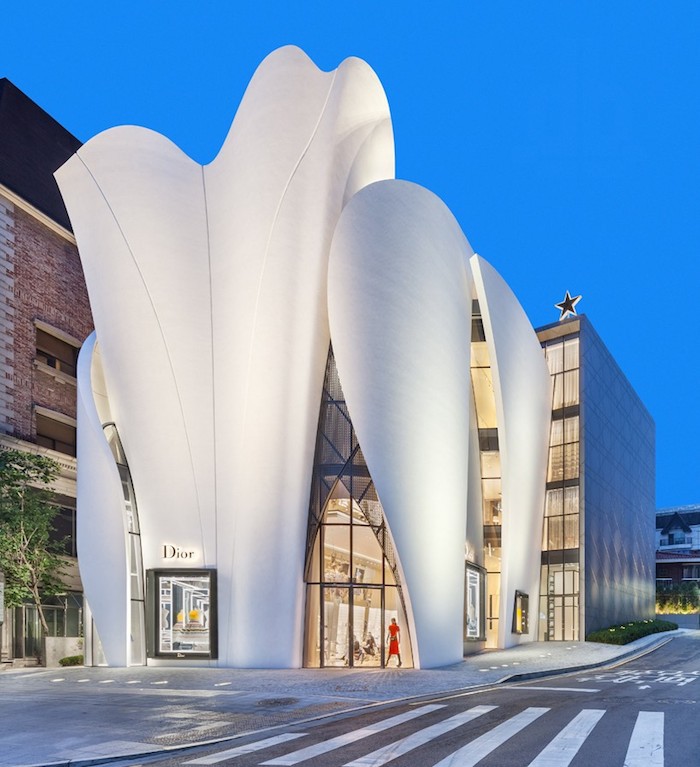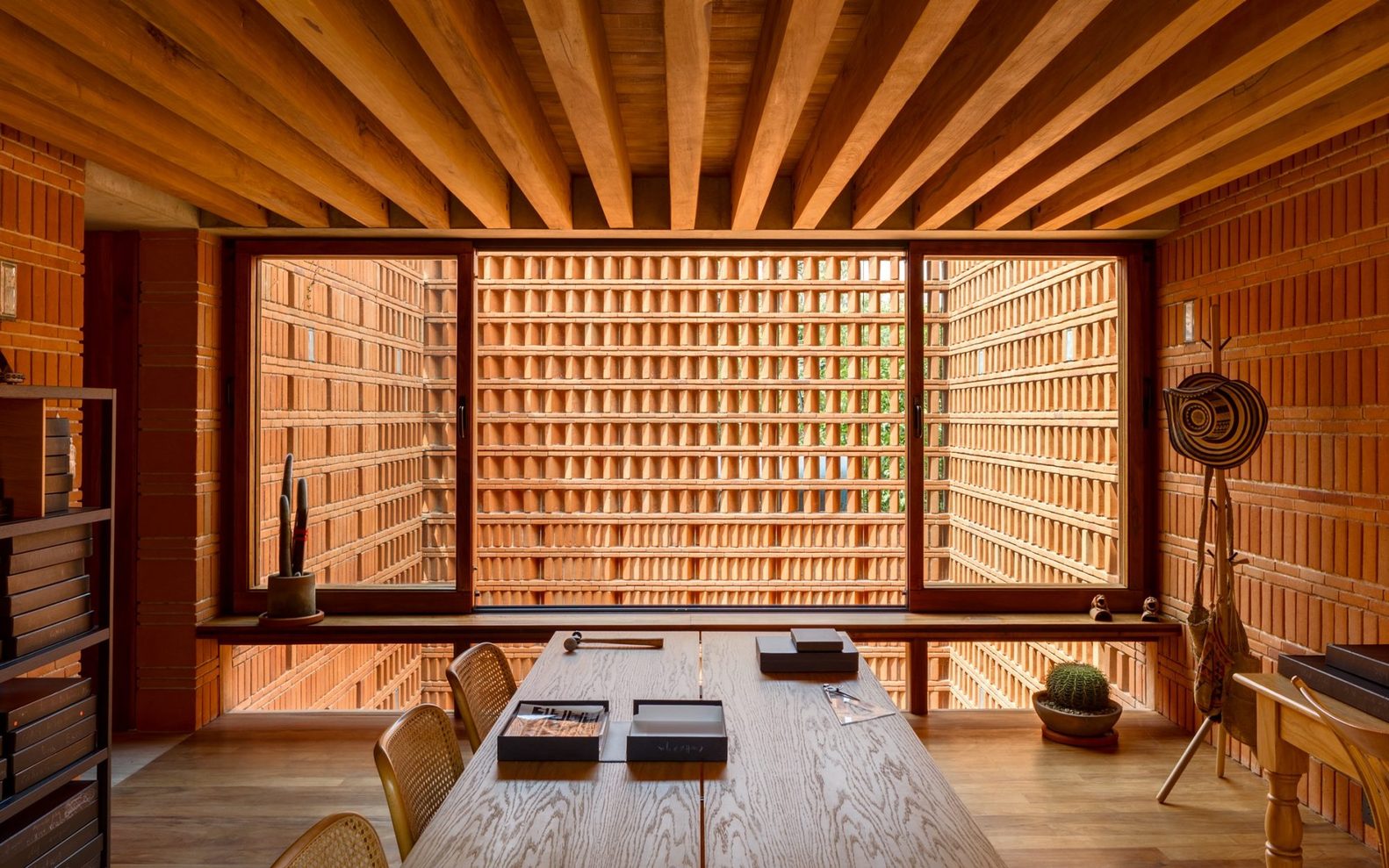When it comes to architecture, any doubts about its ability to interlace all its constituent elements soon dissipate. The inherent dedication of the discipline enables it to establish a unique interplay between shell and content.
In the same vein, the ambience of luxury fashion includes an inherent appreciation for enveloping the exquisite nature of its wares. Thus, staging and architecture come together to form a shining crossover between two worlds: architecture and luxury fashion
Here at The Decorative Surfaces, we take a look at three of the most emblematic architectural projects where content, space and pathways undoubtedly provide the perfect setting as contemporary temples to fashion.
Giorgio Armani and the confluence of East and West
Reflecting on what stands out in an architectural project with regard to its location is a significant consideration. One stunning example of this is the Ginza Tower (Tokyo, 2007)—the location for Armani’s One Night Only event. It re-emerged with a renewed style where the brand not only embodied exclusivity but also showcased a halo of services available in this 12-storey building.
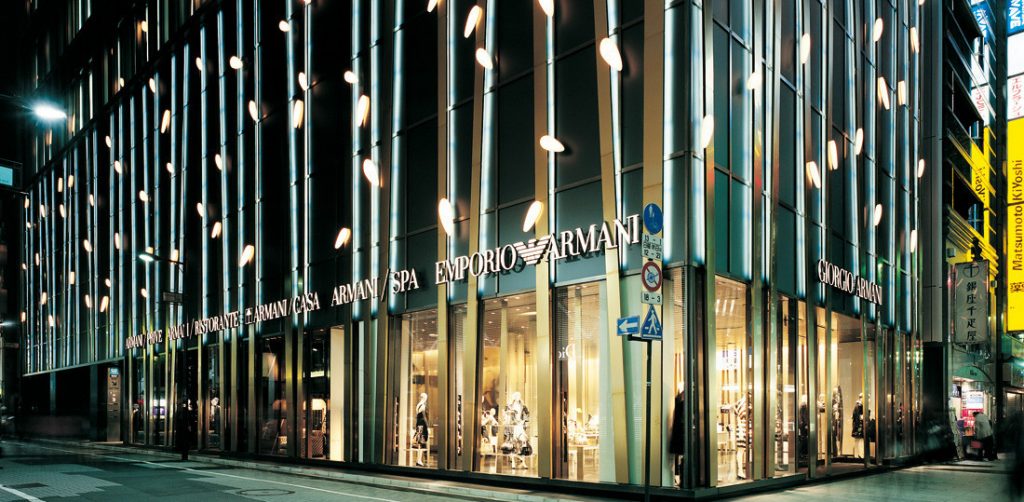
There is a conceptual sensitivity in locating a building like this one in Japan. The bond that the brand has with the East goes beyond its local clientele. As such, the region represents a potent source of inspiration in Armani’s creations. In this sense, chronological contrast feeds into constant balance personified in perfect staging.
The building’s architecture revolves around one key factor. It is the use of translucent and radiant materials that provide finesse through textures and luminosity. Light refracts through playful reflections that give a sense of intimacy and expansion on the inside, whilst contrasting to the imposing external shell. In this sense, the surprise element becomes a crucial factor in discovering the space. The glass façade helps create a reflection of the surrounding area through a subdued cascade of leaves that magically float down the Ginza Tower.
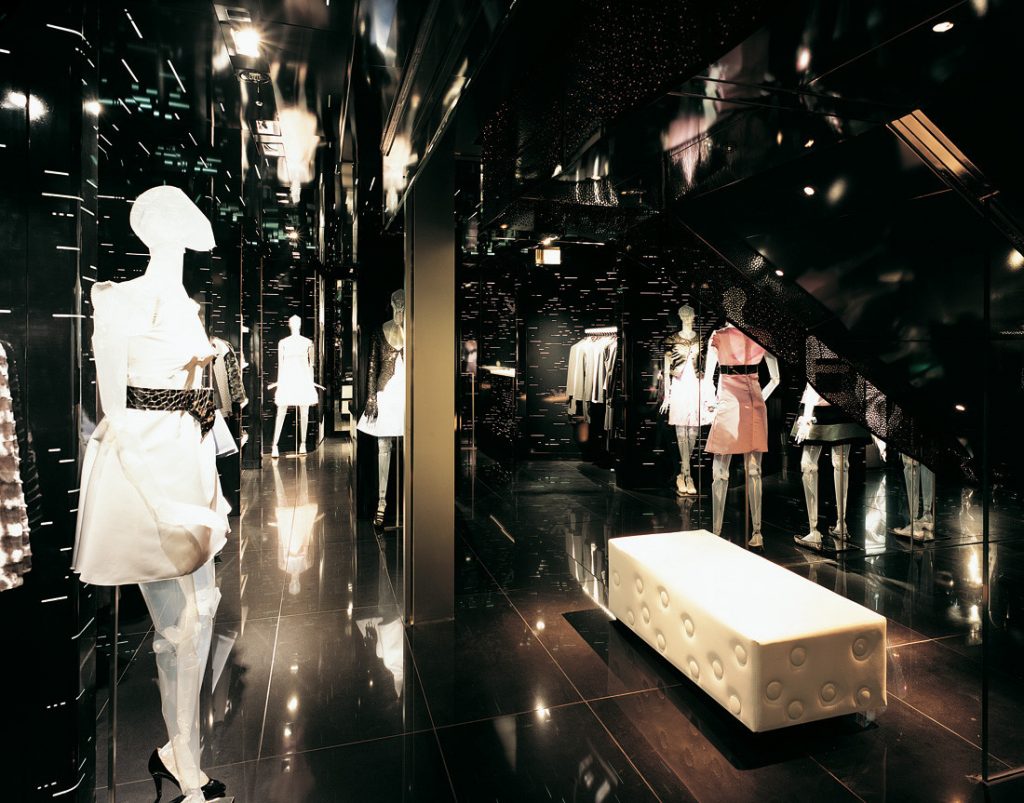
The symbiosis of both disciplines at Ginza Tower—designed by Doriana &Massimiliano Fuksas & Kajima Construction—can be seen in the artistic admiration for a project dedicated to luxury through a structure that upholds the brand’s aesthetic.
Christian Dior: a sculptural homage to the brand
In Seoul, architecture and fashion face off in a concept charged with reflecting the legacy of luxury brand Christian Dior. This six-storey building designed by the architect Christian de Portzamparc and decorated by Peter Marino has an innate sensitivity, being a faithful reflection of the French firm’s aesthetic.
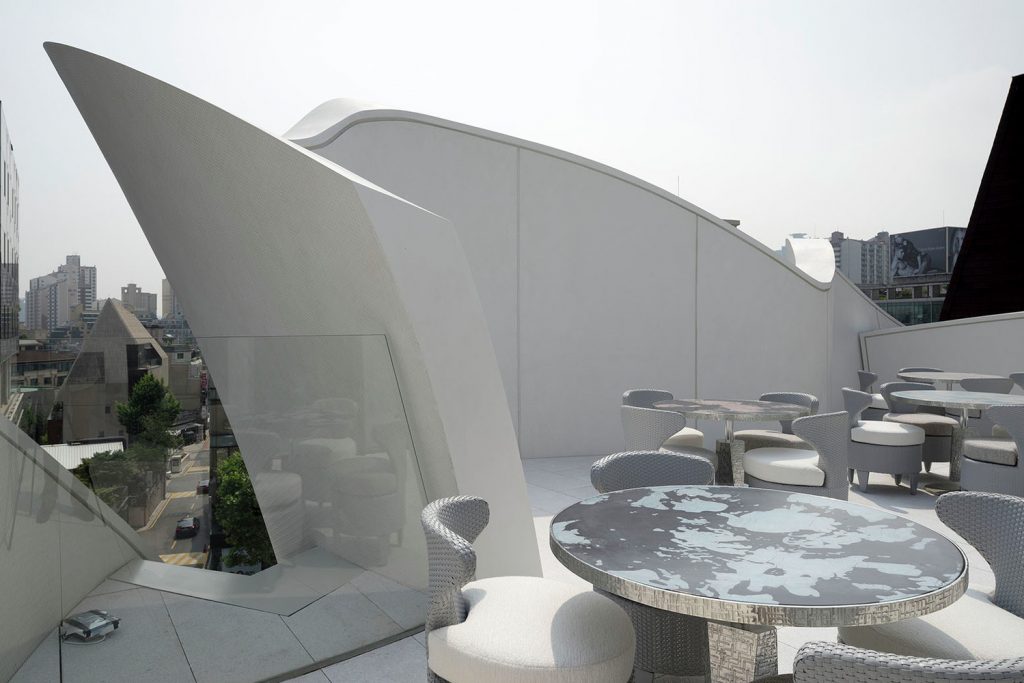
The enveloping structure submerges visitors into the vision of the Maison. Pale waves reflect the movement that Dior creates in its designs through a fluid style in soft woven white cotton fabric.
The structure soars into the sky. It is crossed by a few lines made from moulded fibre glass which lend the project a sense of legacy and contrast with the surrounding city.
The entrance is a lancet arch which invites visitors into a succession of discoveries. The metal mesh surfaces establish a metaphorical reference to the fabrics and looms where Dior excels.
Givenchy: kinetic effect through minimalism
Elegance of spirit reigns in this project—a close collaboration between Givenchy’s art director and the Milanese architecture studio Piuarch. The building showcases the close crossover between both disciplines. It creates a sublime symbiosis that perfectly matches the brand and reflects the very designs once worn by Audrey Hepburn.
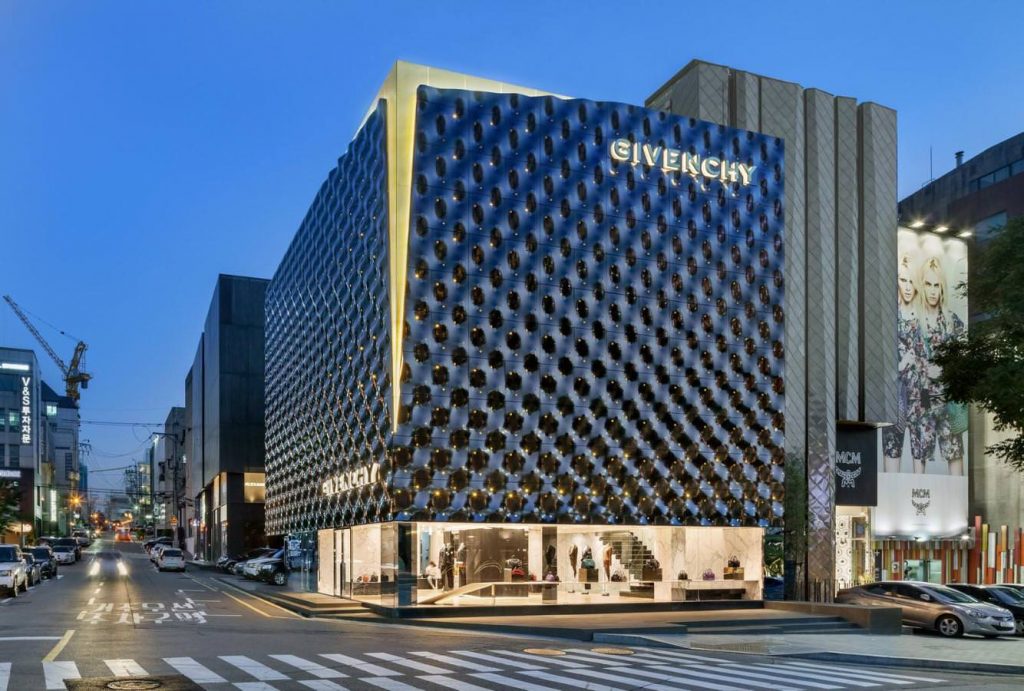
The building features a peculiar optical effect on the surrounding facade ‘skin. This ‘melds into the contrasting minimalist interior reflecting the very essence of the French maison. Elegance runs throughout the three-storey building in Seoul, housing a unique selection of prêt-à-porter and haute couture items.
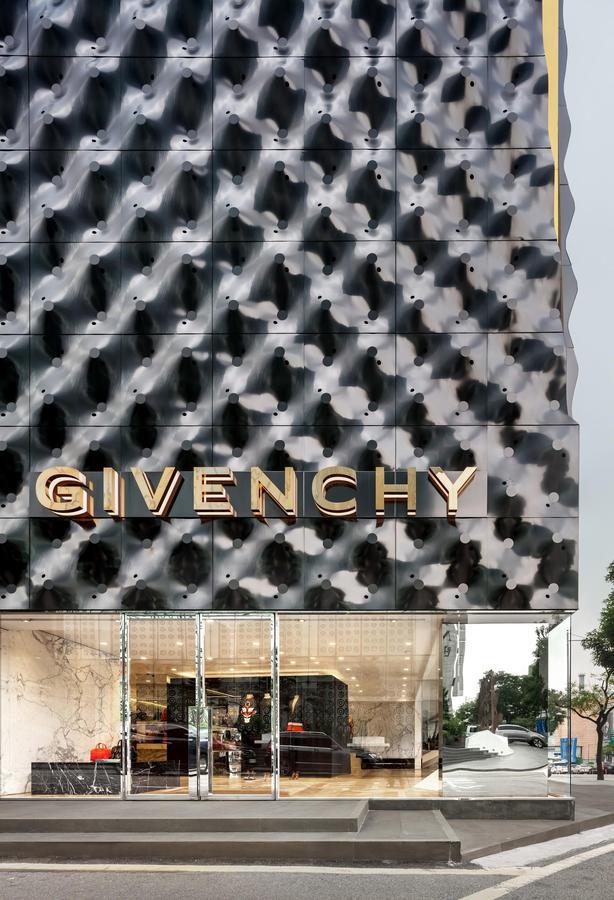
The brilliant black corrugated steel of the façade has irregular holes that lead down to the glassed ground floor. This is once again reminiscent of the opposition and variety of the extraordinary referential French brand. Haute couture and prêt-à-porter. Minimalist elegance.

